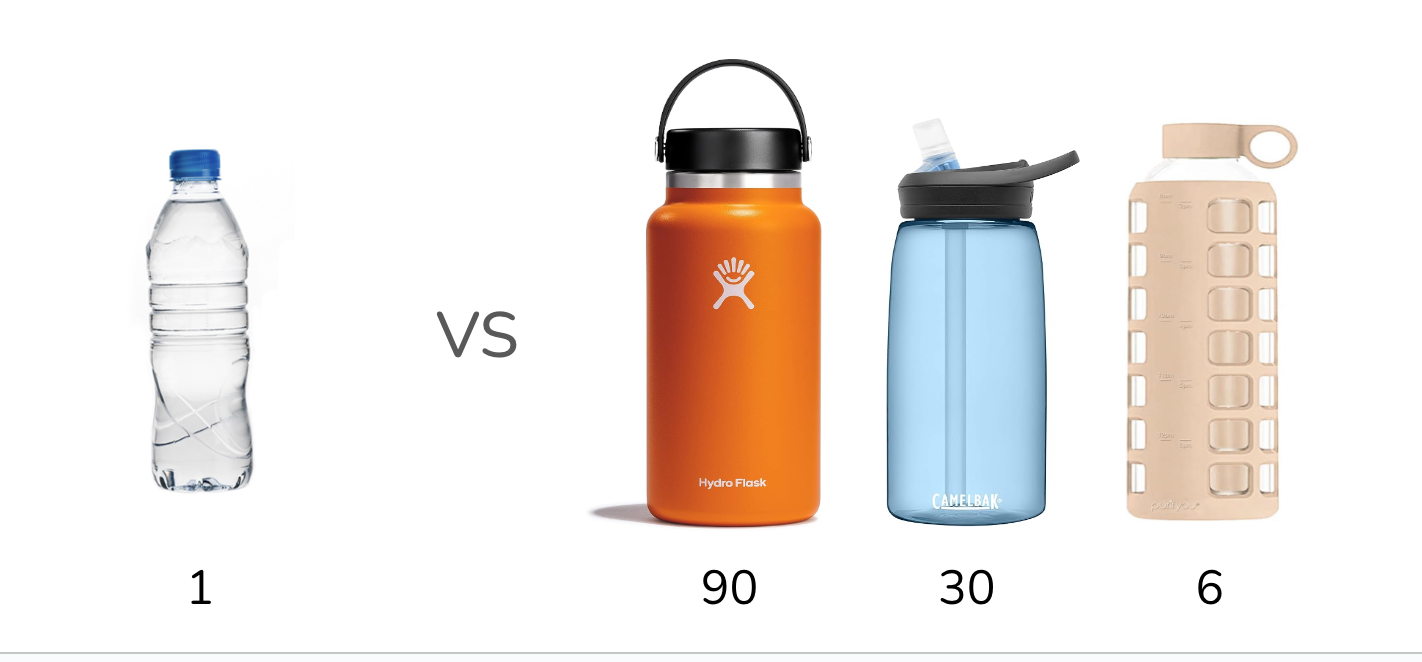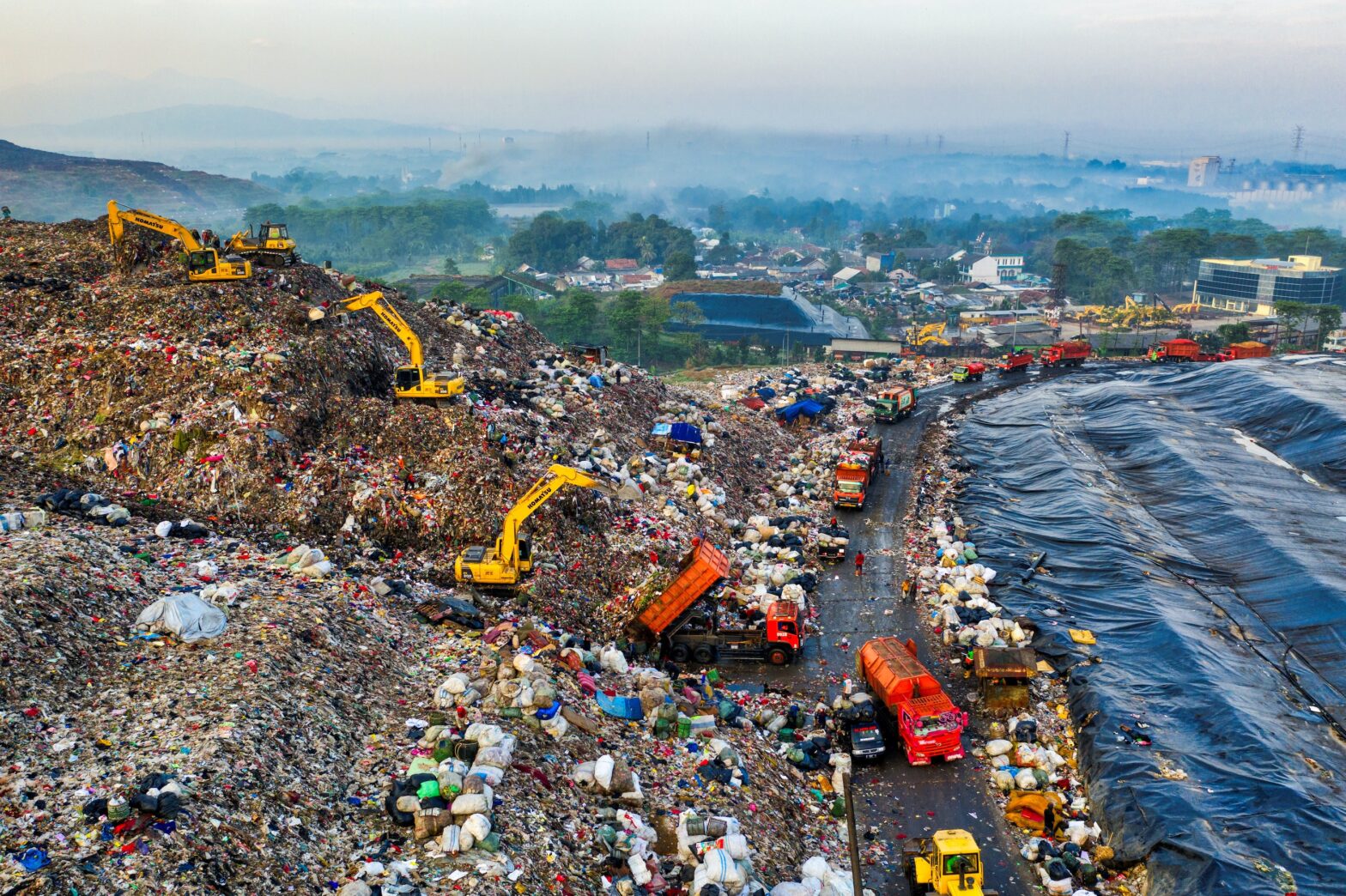A life cycle analysis (LCA) for a product is a comprehensive method used to assess the environmental impacts associated with all stages of a product’s life. This includes raw material extraction, materials processing, manufacture, distribution, use, repair and maintenance, and disposal or recycling. Here’s a simple overview of the key aspects of a life cycle …
Category Archives: Climate Change
Global Warming Potential (GWP)
Global Warming Potential (GWP) is a crucial metric used within the context of a Life Cycle Analysis (LCA) to measure the potential impact a substance has on global warming. GWP is vital in a LCA because it provides a standardized method to evaluate and compare the climate change impacts of products, processes, or services. More …
Explained: How Number of Uses Changes Environmental Impact of Water Bottles
How does the number of times I use a water bottle change its environmental impact? Video Highlights: Understanding the Environmental Impact of Water Bottles: A Deep Dive into Reusables vs. Single-Use IntroductionIn this video I dive into the environmental impacts of water bottles, focusing on the comparison between reusable and single-use bottles. I explore several …
Continue reading “Explained: How Number of Uses Changes Environmental Impact of Water Bottles”
The Benefits of Using Recycled Plastic in Food Packaging
Today, the environmental impact of plastic waste has become an urgent concern, and finding sustainable alternatives is crucial. One promising solution lies in the use of recycled plastic for food packaging. By repurposing discarded plastic materials, we not only address the pressing issue of plastic pollution but also reap numerous benefits. In this article, we …
Continue reading “The Benefits of Using Recycled Plastic in Food Packaging”
Plastic Pollution – Why We Need A Unified International Response
The damages caused by the overproduction of plastics are now reaching every part of the globe. While plastic production continues to increase, the manufacturing process and the large amounts of plastic waste are already affecting our planet’s capacity to provide a habitable environment. Here’s what you need to know about why today’s so-called “plastic age” …
Continue reading “Plastic Pollution – Why We Need A Unified International Response”
How is Plastic Affecting Climate Change?
Believe it or not, plastic is a huge driving force behind climate change. Making plastic products requires enormous energy inputs, only for most of the products to be immediately tossed out, or end up as pollutants. In this article, we’re going to break down just how plastic fuels climate change, covering subjects like: Fossil fuels …
Single-use Plastics & Climate Change
Single-use plastics prioritize convenience. The energy put into making single-use plastics is wasted after just one use. This creates a constant demand and fuels a vicious cycle that drives climate change. In this article, we’re going to answer some of your questions around single-use plastics and climate change, including: How do single-use plastics relate to …
Ocean Plastic & Climate Change
When we think of plastic pollution in the ocean, we usually imagine how it affects wildlife. But as it turns out, ocean plastics actually have a significant effect on climate change. In this article, we’re going to break down the three factors that tie ocean plastic to climate change: Plastic manufacturing Plastic decomposition in the …
Does Burning Plastic Cause Climate Change?
The process of burning plastic is touted as a way to both generate electricity and get rid of plastic pollution. While it does kill two birds with one stone, the practice has seriously harmful side effects that far outweigh the benefits. Plastic incineration is responsible for: Contributing to climate change Releasing toxic gasses and chemicals …
Continue reading “Does Burning Plastic Cause Climate Change?”


